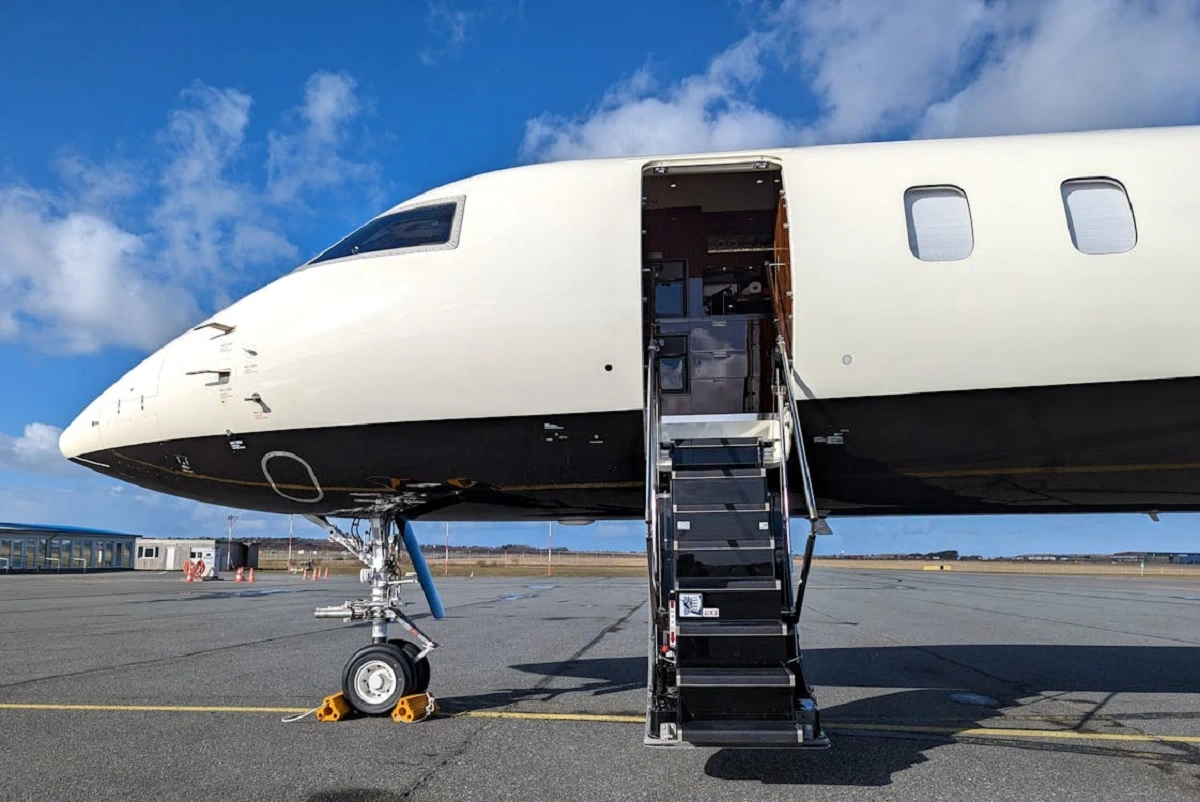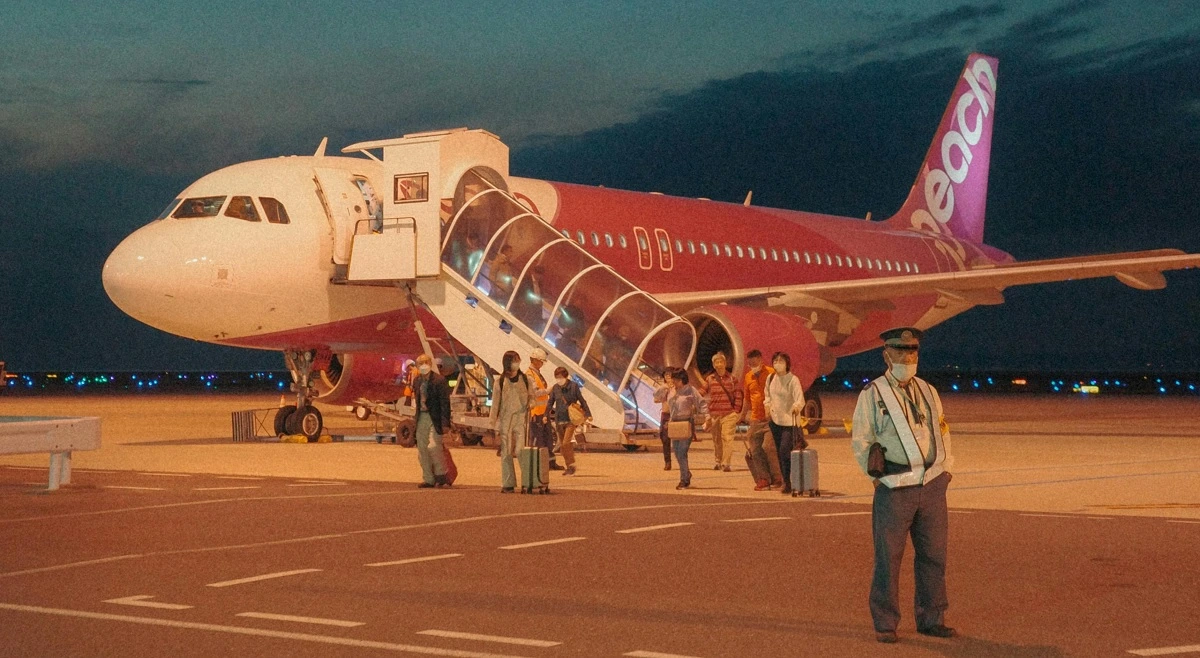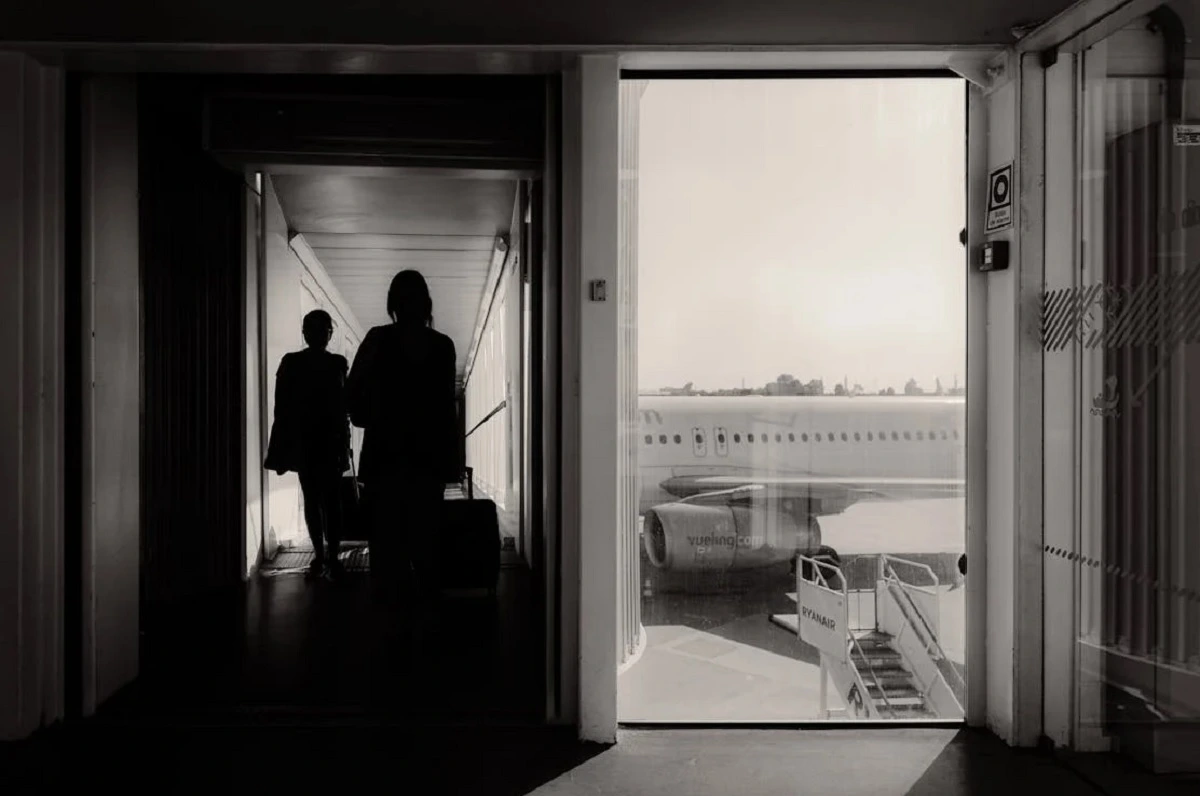Why boarding is on the left side of the plane

Ever wondered why you always board a plane from the left side? This seemingly trivial detail is actually steeped in aviation tradition and practicality. As you step onto the aircraft, you’re participating in a practice that dates back to the early days of flying, when aviation pioneers established conventions that continue to shape modern air travel.
By delving into the reasons for this boarding protocol, you will gain insight into how airlines optimise operations while prioritising passenger comfort and safety. So next time you board, you will know there is more to it than just following the crowd.
Historical context with a maritime connection

The custom of boarding from the left side can be traced back to maritime traditions. Historically, ships were designed for passengers to embark and disembark from the left side, known as the port side. This convention arose because early-period sailors steered ships using oars on the right side, leaving the left side free for loading and unloading. As a result, when ships docked at ports, passengers would board from the left side to avoid interference with the steering mechanisms.
| Term | Definition |
|---|---|
| Port Side | The left side of a ship when facing forward |
| Starboard | The right side of a ship when facing forward |
This terminology has persisted through centuries and influenced aviation practices. When aeroplanes began to emerge as a mode of transportation in the early 20th century, many conventions from seafaring were adopted to streamline operations. According to aviation historian Michael Oakley, much of aviation terminology originates from maritime practices, including terms like ‘cockpit,’ ‘bulkhead,’ and ‘knots.’
Transition to aviation
As air travel developed, engineers and designers carried over these nautical traditions into aviation. The design of early aeroplanes often mirrored that of ships, with passenger doors placed on the left side to maintain consistency with established norms. This connection between maritime practices and aviation highlights how historical customs shape modern transportation methods.
Practical reasons why we board on the left side

- Minimising congestion: By directing passenger traffic to one side of the aircraft, airlines can reduce congestion around boarding areas. This minimises confusion and potential accidents as passengers move toward their seats.
- A clear path for ground operations: Boarding from the left allows ground crews to perform their tasks on the right side without interference. Activities such as fueling, baggage loading, and maintenance can occur simultaneously with passenger boarding, enhancing overall safety.
- Emergency evacuations: In case of an emergency evacuation, having a standardised boarding procedure facilitates quicker exits. Passengers are accustomed to boarding from one side, making it easier for them to exit in an emergency situation.
Efficient ground operations
Efficient ground operations are critical to ensuring that flights depart on time and that passengers have a smooth travel experience. Ground operations encompass all activities that occur before an aircraft takes off or after it lands everything from baggage handling to fueling and maintenance checks.
| Ground Operation Task | Description |
|---|---|
| Baggage handling | Loading and unloading luggage from aircraft |
| Aircraft refueling | Ensuring sufficient fuel levels for flights |
| Catering services | Loading food and beverages onto aircraft |
| Maintenance checks | Conducting inspections before flights |
Role of left-side boarding in efficiency
Boarding from the left side contributes significantly to efficient ground operations:
- Streamlined processes: By having passengers board from one designated area, airlines can streamline processes related to loading baggage and catering services on the opposite side without interruption.
- Reduced turnaround times: Efficient ground operations lead to quicker turnaround times for aircraft between flights. When boarding occurs on one side only, ground crews can focus on their tasks without worrying about passenger traffic obstructing their work.
- Safety protocols: A clear separation between passenger movement and ground service activities minimises risks associated with collisions or accidents on busy airport ramps.
Technological innovations in ground operations
As technology advances, airlines are increasingly adopting automated systems to enhance ground operations further:
- Automated baggage handling systems: These systems improve efficiency by reducing manual labour involved in loading and unloading luggage.
- Real-time tracking systems: These platforms allow airlines to monitor ground operations in real-time, ensuring that all tasks are completed efficiently.
- Enhanced communication tools: Mobile applications enable better communication between ground crew members and flight staff, facilitating smoother operations during boarding.
Aviation standards
Standardisation is crucial in aviation for ensuring safety and efficiency across all airlines and airports worldwide. Consistent practices help minimise confusion among passengers while enhancing operational reliability.
- Global standards: Organisations like the International Air Transport Association (IATA) set global standards for various aspects of airline operations—including ground handling procedures and boarding protocols.
- Training protocols: Standardised training programs ensure that all personnel involved in ground operations are well-prepared for their roles. This includes understanding safety protocols related to passenger boarding.
- Regulatory compliance: Airlines must comply with regulations set forth by national aviation authorities regarding safety practices during boarding processes.
Cultural significance and passenger experience

Predictability for passengers
One of the primary advantages of standardised boarding procedures is the predictability it offers to passengers. When travellers arrive at an airport, they know what to expect: they will always board their flights from the left side of the aircraft, regardless of their destination or airline.
This consistency reduces confusion and anxiety, allowing passengers to navigate busy terminals with greater ease. Regular travellers develop a sense of familiarity with the boarding process, making it easier to prepare for their flights. Furthermore, knowing where to board helps minimise stress levels, particularly for those who may be travelling with children or navigating an unfamiliar airport.
Consistency across airlines
Standardised boarding practices ensure that all airlines follow similar procedures when it comes to passenger boarding. This uniformity is crucial for reducing confusion during transfers or connecting flights, especially in large international airports where multiple airlines operate from the same terminal.
Passengers transferring between flights can easily adapt to the boarding process without having to learn new procedures each time. Additionally, airlines benefit from having a consistent approach to boarding, which allows them to train staff more effectively and implement best practices across their operations.
Enhanced safety measures
Safety is a top priority in aviation, and adhering to established protocols regarding where passengers board planes (the left side) allows airlines to implement additional safety measures more effectively. By directing passenger traffic to one designated area, airlines can maintain clear pathways for ground operations, reducing the risk of accidents associated with collisions between passengers and ground crew. Moreover, a clear separation between passenger movement and ground service activities minimises risks associated with congestion or confusion during boarding.
By maintaining consistency in how passengers board aircraft specifically from the left side airlines can provide a smoother travel experience for everyone involved.
Latest Thailand News
Follow The Thaiger on Google News:


























